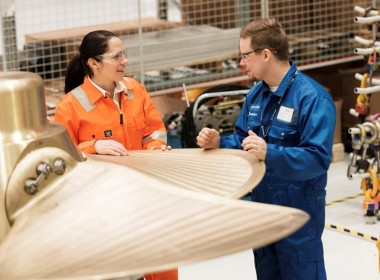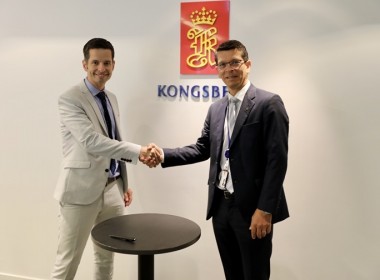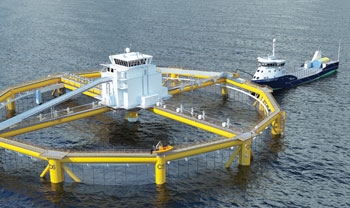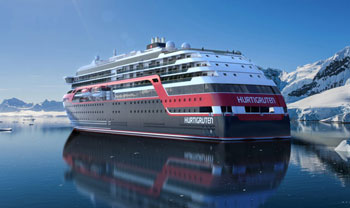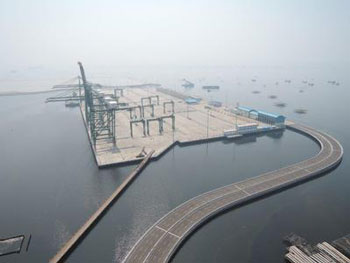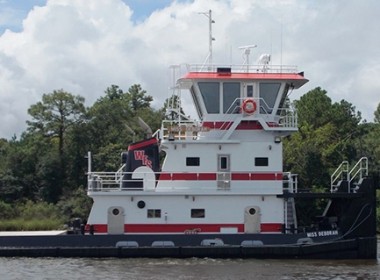Rolls-Royce reviews commercial marine operations
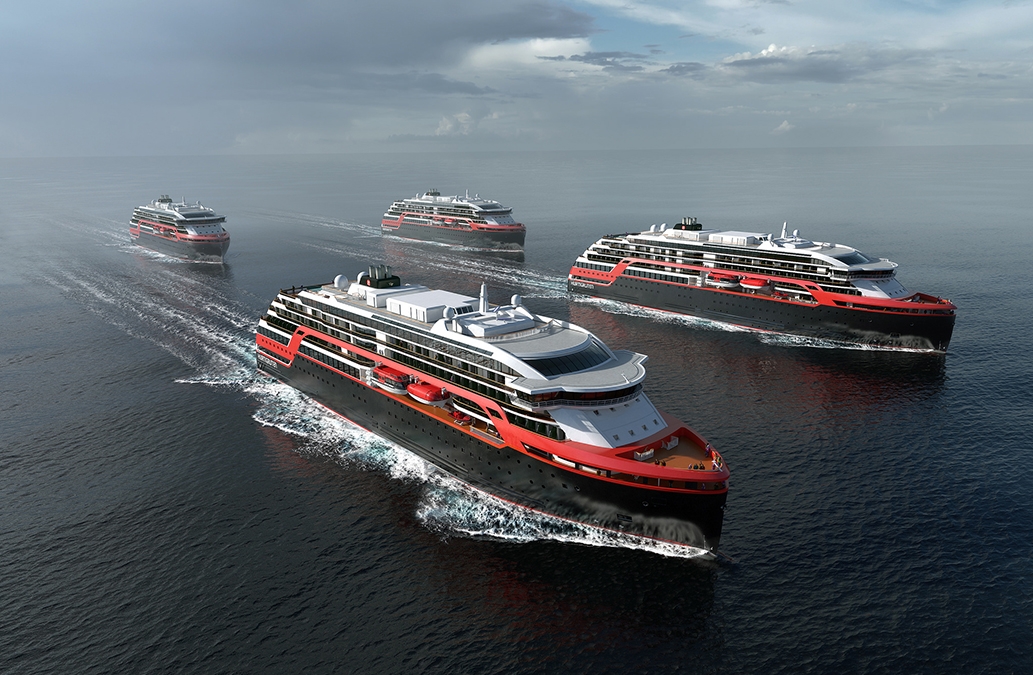
Rolls-Royce is simplifying its business to three core units (civil aerospace, defence and power systems), with its commercial marine operations to be evaluated and consolidated under the defence division.
Since 2015 Rolls-Royce Marine has responded to weak demand for products and services for the offshore oil and gas market, which significantly affected its profitability. It has divested non-core businesses, reduced the number of sites from 27 to 15, and reduced its workforce by 30 per cent to 4,200, with the majority now based in the Nordic region.
At the same time, the business has been investing in new facilities and technologies to become an industry leader in ship intelligence and autonomous vessels, culminating in June with the successful demonstration in Copenhagen harbour of the world’s first remotely operated commercial vessel.
In 2016, marine activities contributed £1.1 billion (US$1.5 billion) revenue and generated a loss of £27 million.
The commercial marine business, which supplies equipment and vessel design across the oil and gas, merchant and other commercial markets, accounted for 75 per cent of revenues.
The naval operations accounted for 25 per cent and achieved a small profit.
The Power Systems business, including MTU and Bergen Engines, is unaffected by the decision


